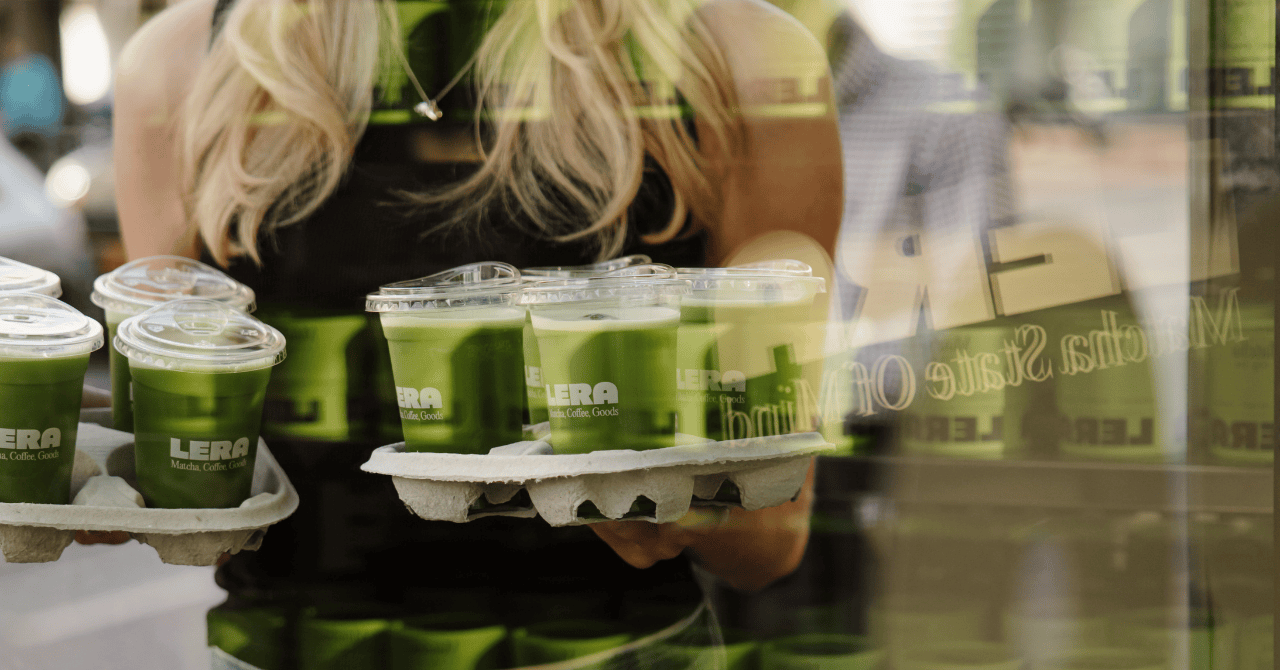Making Matcha Right

Matcha is having a moment, but making it right is a skill. Part ritual, part chemistry, and all in the details. This guide breaks down how we do it at LERA — from ratios and temperature to texture and tools. So your matcha looks good, tastes better, and feels exactly how it should.
The Foundation: Quality and Ratio
It starts with the powder. Region, cultivar, and shading shape everything from color to creaminess. Each matcha tells its own story. The one you love depends on your taste.
Ceremonial-grade matcha (the only kind we use at LERA) is shade-grown, first harvest, and stone-milled slowly to preserve aroma, color, and nutrients. That’s what gives a vivid green color and smooth, creamy texture. No bitterness.
For matcha tea (usucha) we use:
2.5 - 3.2 g matcha + 70–80 ml water at 70–80 °C.
For matcha lattes:
3–3.5 g matcha + 40 ml water, then add milk or alt milk (we love oat for balance).
Always sift first. It’s the difference between velvet and grit.
Ratio is personal. Less water for a thicker, richer cup (great as an espresso-style shot or over ice); more water for a lighter, tea-forward balance (perfect for mornings).

The Water: Temperature & Texture
Water changes everything. Too hot and you scorch the tea; too cold and it never opens up. Matcha isn’t brewed like coffee — it’s blended, suspended. You’re not extracting flavor; you’re awakening it.
At LERA, we use 65–75 °C water (never boiling). This range protects umami and creates a creamy mouthfeel with no sharp edges.
Soft vs. Hard water
Soft water (lower calcium and magnesium) keeps matcha bright, smooth, and foam-friendly.
Hard water can mute flavor and dull color.
How to tell
— Use a simple TDS test strip (online or hardware stores).
— Check your local water supplier page for hardness levels.
If your water is hard, use filtered or bottled soft water — you’ll feel the difference in sweetness and texture.
Whisking & Technique
This is where powder turns into texture.
Traditionally, matcha is whisked with a chasen — a handmade bamboo whisk that folds air into the tea, creating the soft micro-foam you see at LERA. Whisk in a quick M-motion, light on the wrist, until tiny bubbles form and the surface turns glossy (about 30–45 s).
Using an electric whisk or frother? Same idea: quick, consistent movement near the surface. You’re not stirring. You’re lifting the matcha, giving it breath.
The goal isn’t “perfect foam.” It’s balance. Smooth enough to glide, thick enough to hold shape.
Timing matters. Whisk right after adding water; wait even 30 seconds and it starts to clump. Use a warm bowl so the blend comes together seamlessly.
Finish clean. Break larger surface bubbles by gently needling the top with slower whisk motions. Done right, matcha feels alive — bouncy, bright, silky, and calm all at once.
Cold Whisking
Cold matcha isn’t just matcha over ice, it needs a slightly different approach.
Cold-whisked
3.2 g matcha + 120 ml cold water → whisk or shake hard 10–15 s → pour over ice.
Cold brew
2 g matcha + 300 ml cold water → shake in a bottle, refrigerate overnight.
Always whisk or shake before adding ice because cold temperature locks the flavor. Ice-first kills dispersion.
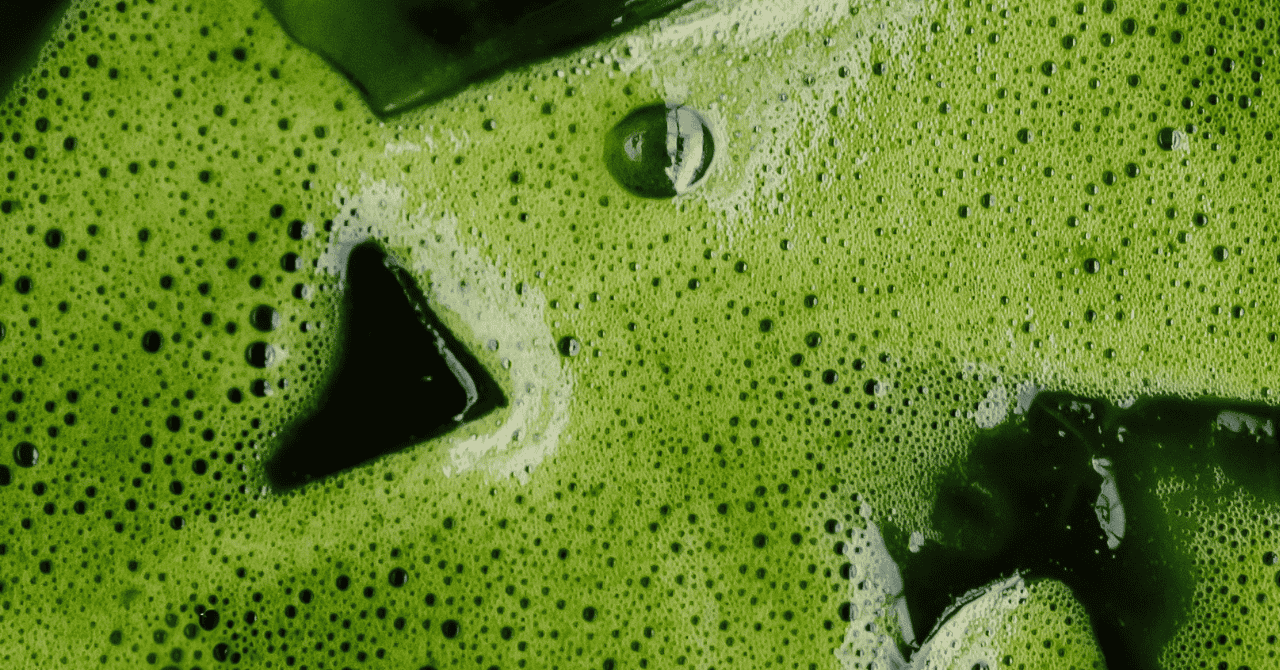
Sweeteners & Milk
High-quality matcha is naturally smooth and slightly sweet. You don’t have to add anything. The right balance can turn a good cup into your favorite one.
Natural sweeteners that complement (not mask):
Maple syrup — warmth and depth.
Agave — clean and neutral.
Honey — a gentle floral hint (beautiful with oat).
Brown sugar — works too; grind fine or dissolve fully first.
Skip refined sugar — it dulls the clean finish.
Add sweeteners after whisking — it keeps the texture smooth and flavor layered.
Milk mood:
Oat — creamy, balanced, quietly sweet.
Almond — nutty and light.
Soy — dense, great café-style foam.
Whole milk (3.7%) — classic, rich, full-bodied.
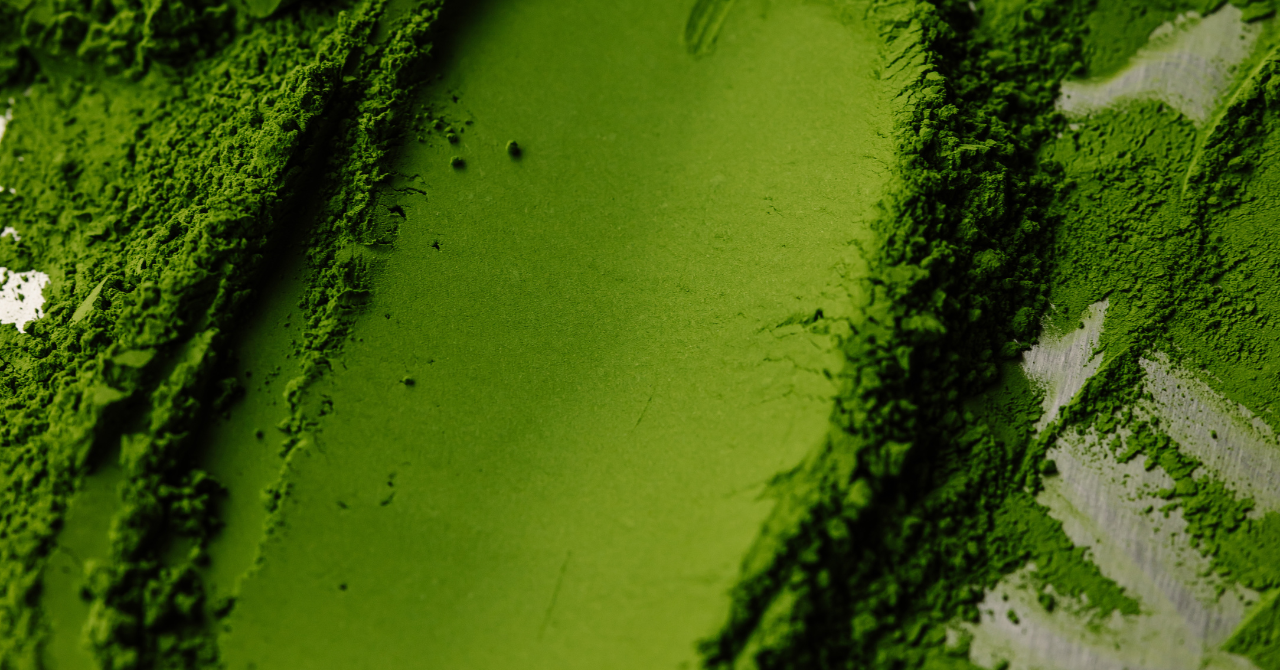
Tools & Storage
Good matcha starts with good tools, and a little care.
Chawan (bowl) — space to whisk air in.
Chasen (bamboo whisk) — the micro-foam maker. Rinse and dry after each use; the tines soften naturally with time.
Chashaku (scoop) — consistent ratios.
Fine sifter — no clumps, ever.
Storage
Seal tightly and keep cool, dark, and dry — away from light, moisture, and heat.
Fridge is fine if you use it often; freezer only for longer storage. Always let it return to room temperature before opening — condensation ruins texture.
Think of it like skincare: the fresher it stays, the better it performs.
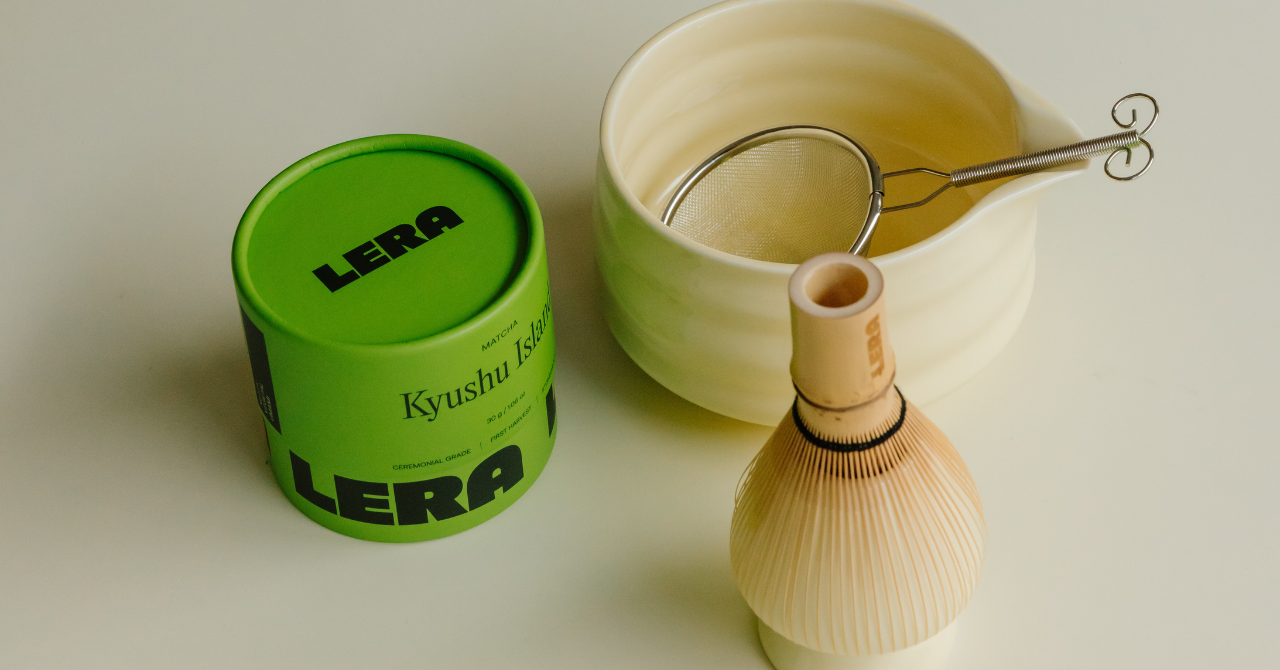
Common Mistakes
Small slips can ruin a great moment. Watch for:
Skipping the sifter — clumps.
Water too hot — bitterness.
Over-whisking — kills foam, dulls taste.
Too little matcha — weak and watery.
Old matcha — faded color, no umami.
Scraping the whisk on the bowl — broken tines.
Always store airtight, dark, and cold — oxygen and light are matcha’s worst enemies.
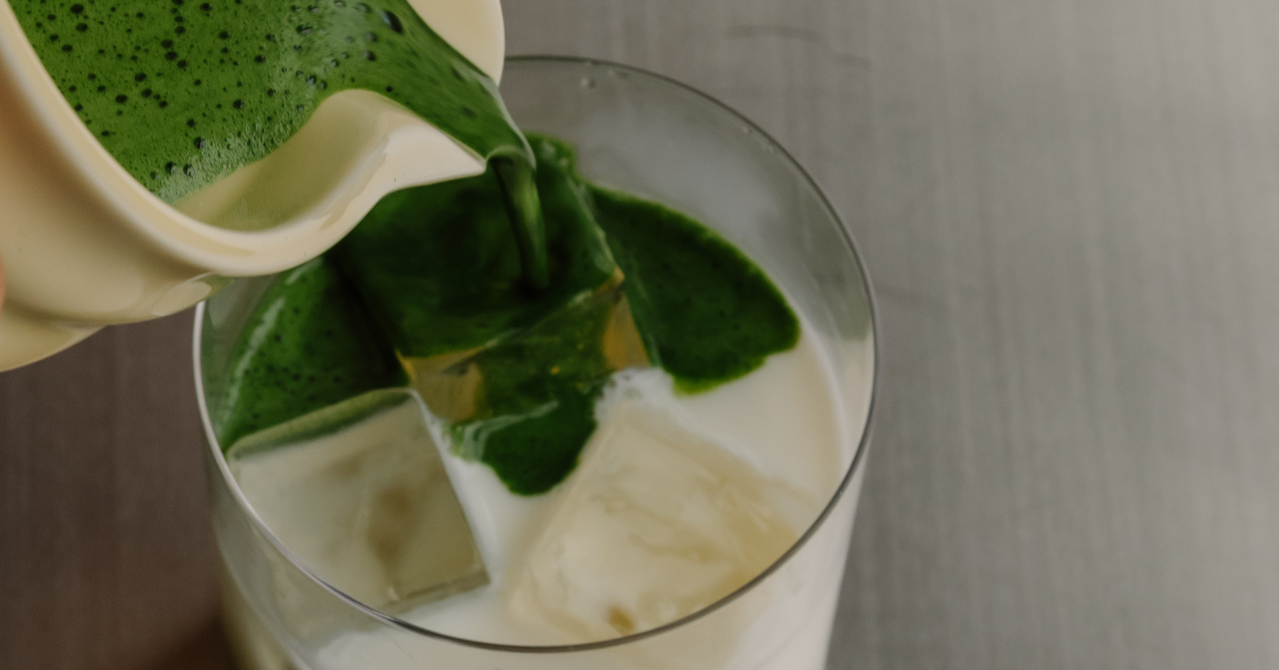
Our Routine at LERA
Everyone has a ritual. Ours starts the same way every day.
We whisk every shot by hand. No shortcuts. Consistency is our goal.
From Amsterdam to wherever LERA goes next, that’s what we keep — matcha made right, not just made fast.
Good matcha doesn’t wake you up, it tunes you in. Caffeine without chaos. Focus without the crash.
Take a moment. Whisk.
Matcha, the way it should be.

.svg)
